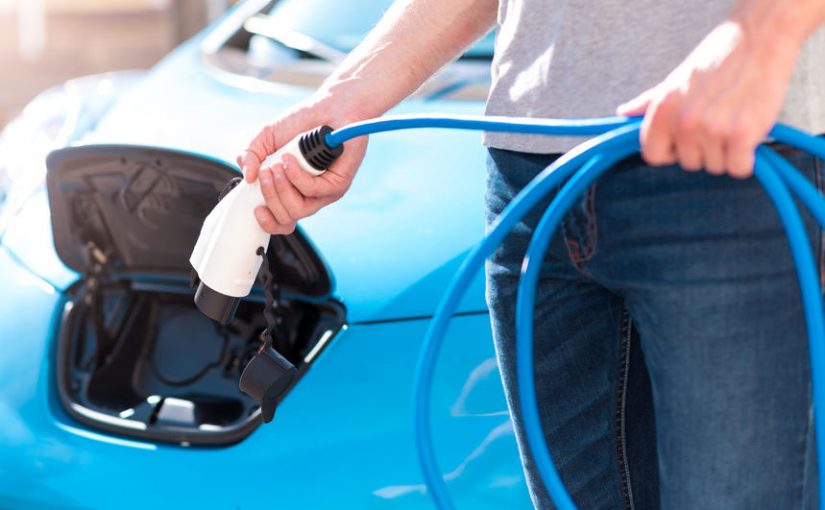Myth or fact? Learn more about electric vehicles

Many drivers have questions about how electric vehicles (EVs) work and their impact on the environment. In conjunction with National Drive Electric Week, we answer seven myths with facts about electric vehicles.
OPPD launched its EV pilot rebate program in June. In its first 90 days, OPPD paid 22 chargers and 25 car and charger rebates to customers. More applications are awaiting approval.
Since the program began, Nissan has increased its sale of the Leaf electric vehicle, selling 11 in the Omaha metro.
MYTH #1
EVs have a limited driving range for a full charge.
FACT
The technology of EVs has greatly improved the driving range of the vehicles. Some electric vehicles can travel as many as 400 miles on a single charge, and this is a feature manufacturers continue to improve.
MYTH #2
EV battery disposal is hazardous.
FACT
The lithium-ion batteries used in EVs are designated safe for landfills. Because they are composed of valuable metals and other materials, the batteries have life and value after being in a vehicle, including when they are broken or scrapped.
The lithium-ion technology is the same technology used in mobile phones and tablets.
In the United States, there are agreements in place between car companies and those who sell personal technology devices to provide a “take back” program for batteries that are at the end of their life.
MYTH #3
EVs are a burden on the electricity grid.
FACT
Multiple studies have shown that the U.S. grid can handle millions of new electric vehicles in the years to come without requiring additional generation. Electric vehicles most frequently charge overnight, when customer usage is lower than at peak demand time during the day.
OPPD’s EV pilot program will provide the utility with this very information – the impact of charging on its distribution system.
MYTH #4
The charging infrastructure is inadequate.
FACT
Like driving range, this is changing rapidly as well. As more consumers adopt the technology, the demand for chargers will increase and make building them more economical.
MYTH #5
EVs aren’t really “green.”
FACT
Some critics of electric vehicles argue that EVs are not entirely green if fossil fuels generate the electricity used to charge them. The increasing amount of renewables in utility portfolios will continue to change that discussion. What EVs can do, however, is reduce emissions from their engines, which improves overall air quality.
MYTH #6
It takes too long to charge an electric vehicle.
FACT
You can charge most EVs to 80% of capacity within 30 minutes.
MYTH #7
EVs are not reliable, especially in the cold months of winter.
FACT
In reality, all types of cars are somewhat less efficient in winter. For electric vehicles, colder weather can mean using additional power to warm up the interior. It does not typically affect range. The batteries of electric cars are durable and studies have maintained that current batteries can retain functionality for 10-12 years.

Laura King-Homan is the manager of Corporate Brand and Communication Operations, at Omaha Public Power District. She has nearly 20 years of print journalism and design experience, including the Omaha World-Herald.
View all posts by Laura King-Homan >







